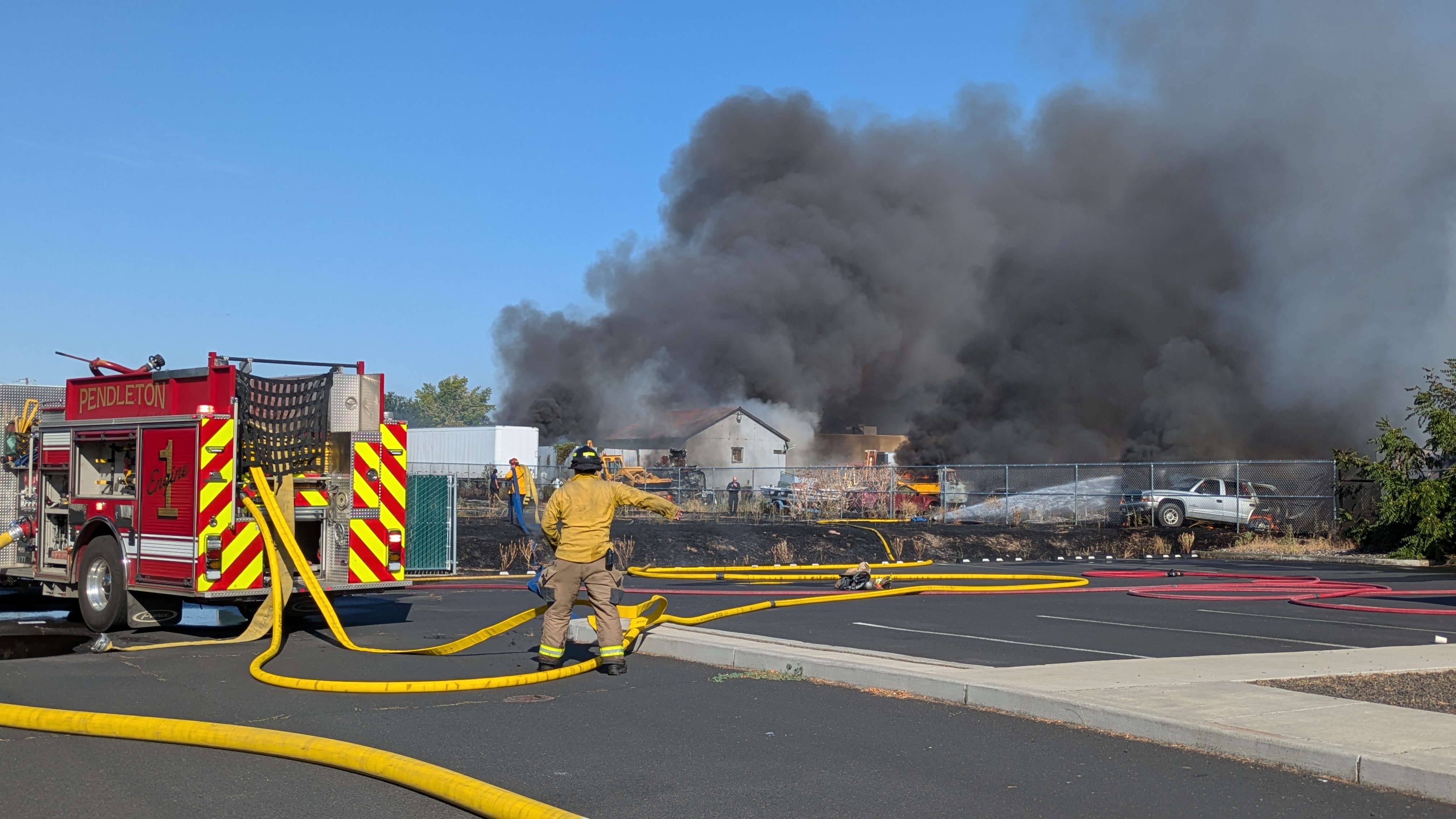Carbon from Northwest electricity rose between 2016 and 2020
Published 5:45 pm Friday, September 16, 2022

- The Lower Monumental Dam in Washington operates on the lower Snake River. Oregon U.S. Rep. Cliff Bentz, R-Ontario, led a congressional hearing Dec. 12, 2023, to discuss what he called the Biden administration’s destructive effort to remove Lower Monumental and three more lower Snake River dams to help protect and restore endangered salmon and steelhead.
SALEM — While 43 states produced cleaner energy, seven states, including Washington, Oregon and Idaho, emitted more pounds of heat-trapping greenhouse gases per megawatt-hour in 2020 than four years earlier.
The “carbon intensity” of electricity generated in Washington state increased 15% in 2020 compared to 2016, by far the most of any state, according to the U.S. Energy Information Administration.
Trending
Oregon’s carbon intensity increased by 8%, third-most in the country, behind Washington and Maine. Idaho’s carbon intensity increased by 7.5%, the fourth-most.
Washington and Oregon have adopted laws to rid electricity of carbon, but both states took steps backward in 2020.
The EIA attributed the increased carbon output in the Northwest to a decline in hydropower production. Wind and solar replaced some of that power, but natural gas filled most of the shortfall.
Hydropower fluctuates, based partly on water supplies and how dams are managed. In Washington, hydropower generation was 2.4% less in 2020 than in 2016. Natural gas use increased by 27%.
Natural gas was an attractive alternative, Washington Public Utilities Districts Association policy director Nicolas Garcia said. “Natural gas was really inexpensive. It was by far the least expensive way to generate electricity,” he said.
The carbon intensity of U.S. electricity overall dropped by 18% as natural gas, nuclear and wind generation replaced coal, the EIA reported.
Trending
Tennessee and Maryland each reduced per-megawatt carbon emissions by 43%. Coal-reliant Wyoming and West Virginia reduced carbon output per megawatt-hour by 5.6% and 3.1%, respectively.
Northwest electricity remains among the cleanest in the U.S., thanks to dams, a nuclear plant in Washington and an increasing amount of wind and solar power.
Washington emitted 228 pounds of carbon per megawatt-hour in 2020, up from 198 pounds in 2016. Wyoming had the most carbon-intensive electricity, 1,917 pounds per megawatt-hour.
Washington’s carbon intensity likely will drop further when the state’s only coal plant closes in 2025. Washington’s clean-energy law also requires electric utilities to phase out natural gas and provide carbon-free electricity by 2045.
The clean-energy law, however, prohibits new large hydropower projects. Pump-storage and small-scale hydropower projects are OK, if they don’t interfere with fish recovery.
To be carbon-free, Washington may have to reconsider its position on hydropower and also embrace more nuclear generation, said Kurt Miller, executive director of Northwest River Partners, an association of electric utilities.
Without more hydropower or nuclear generation, the state faces a massive buildout of wind and solar projects, he said.
“Once people see what it takes to get there, I think they’re going to start thinking about other options. I think it will definitely include nuclear. … I think there’s a chance it will include traditional hydropower,” he said.
“If we’re serious about fighting climate change, we’re going to have to put options back on the table.”
Washington Gov. Jay Inslee and U.S. Sen. Patty Murray, D-Washington, issued a joint statement in August saying that breaching four hydropower-producing dams on the Snake River was not an option right now.
Garcia said he doubts policy makers or agencies will want to pull out hydropower projects in the future.
“I think the social consequences would be huge,” he said.
It’s unclear, he said, whether Washington can meet its clean-energy goals without expanding hydropower.
“I don’t think anyone can honestly answer that right now,” Garcia said.









